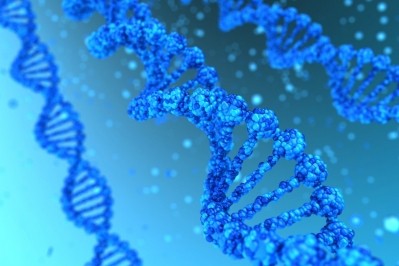Unlocking the mysteries of the microbiome, with better software and statistics

Understanding the diversity and genetic make-up of the human microbiome – and how may be linked with our health and disease – is a considerable challenge that requires advances in statistical methodology and new software for accurate analysis of metagenomics data, according to Professor Katherine Pollard from the Gladstone Institutes and University of California, San Francisco.
"While we are only just beginning to understand the complex roles microbes play in human biology, it is clear specific changes in microbial flora are associated with--and sometimes cause or cure--disease in the host," said Pollard – noting that it has been long suggested that differences in the diversity or strain-specific make-up of our own microbiota may play an important role in health and disease.
Metagenomics
Speaking at the recent 2015 Joint Statistical Meetings, Pollard also noted that research has shown that two people with the exact same species of bacteria in their guts “could experience very different interactions with these bacteria because different strains simply are not doing the same thing.”
For this reason, it is important to determine not only the types of microbes present in a given sample, but also the genetic makeup of each strain: "The development of metagenomic sequencing of the total DNA in a microbial sample from the human body has allowed us to estimate the abundance of specific microbes and microbial genes,” she said.
“But, as with any new technology, metagenomics has many biases and errors that must be corrected analytically before we can accurately compare data across samples," said Pollard.
"This has limited our understanding of both the extent and impact of microbial variation in many environments, most importantly the human microbiome."
New tools
Metagenomics poses many analysis challenges, from errors reading DNA sequences to decoding which sequences come from which of the hundreds of microbial species in a microbiome sample.
According to Pollard, one of the biggest issues is many of the microbial strains in a given person have never been sequenced. Even in the well-studied human gut microbiome, it is estimated, on average, 43% of species abundance cannot be captured by currently available microbial reference analysis methods.
To address this and other microbiome research problems, the team has developed a suite of new statistical software to rapidly and accurately estimate the presence and function of microbes in a metagenome. Their programs - called MicrobeCensus, ShotMAP and PhyloCNV – ‘make significant methodological improvements’ that she suggests will allow researchers to accurately quantify the specific strains in the human microbiome using sequencing reads as short as 50 base pairs.
Testing associations
Using the new tools, Pollard's lab investigated a reported finding that obese people have a lower ratio of bacteria from the phylum Bacteroidetes to bacteria from the phylum Firmicutes, compared with lean individuals.
Although the scientific literature and the general media heralded this association, several reports have also questioned its existence, she noted.
To test the association, the group conducted an assessment of the relationship between body mass index (BMI) and the taxonomic composition of the gut microbiome. Their meta-analysis of data from multiple studies did not find a significant association between BMI and the relative abundance of any bacterial species.
“Using these methods, we have shown that while there is not a strong taxonomic signature for obesity in gut microbiomes, the functional repertoires of microbial communities living in the human body differ more than was previously estimated, in part due to large variation in metabolic capabilities amongst closely related bacteria,” said Pollard.
She added that the statistical advances will also enable scientists to perform other forms of microbiome research - such as identifying microbial species and genes that are biomarkers for disease onset or conducting drug development that targets the microbiome.
Source: 2015 Joint Statistical Meetings
Abstract available online
“Estimating Taxonomic and Functional Diversity in Shotgun Metagenomes”
Authors: Katherine Snowden Pollard, et al















